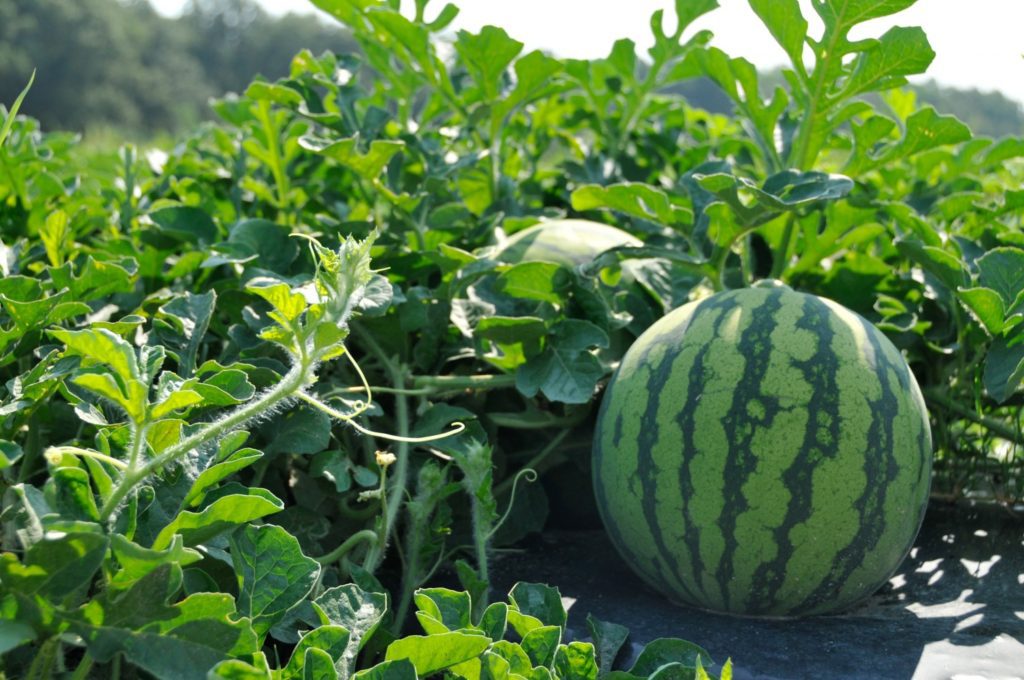Mar 8, 2017Clemson researchers emphasize fungicides in fight against watermelon blight
South Carolina watermelon producers now have information they need to make their 2017 crops more profitable with the release of the updated Watermelon Spray Guide for 2017, which includes updated recommendations for battling blight.
Information in the guide comes from a study by Anthony “Tony” Keinath, a professor of plant pathology at the Clemson Coastal Research and Education Center in Charleston; Gilbert Miller, an Extension horticulturist at the Clemson Edisto Research and Education Center in Blackville; and Clemson graduate student Gabriel Rennberger. Data was gathered from 57 fields in Allendale, Bamberg, Barnwell, Beaufort, Clarendon, Colleton and Hampton counties.
“Based on leaves collected in 57 commercial watermelon fields in 2015 and 2016, gummy stem blight and powdery mildew were the most common diseases found,” Keinath said. “The only major change to this year’s recommendations is an emphasis on systemic fungicides for managing gummy stem blight. I have preliminary data which shows the use of systemic fungicides not only reduces disease severity but also inhibits the formation of fungal spores to a greater extent than protectants.”
Gummy stem blight produces large, round, target-shaped spots on the edges of leaves and cankers on the stem.
Downy mildew, powdery mildew and anthracnose also are addressed in the spray guide. Downy mildew begins as dark, irregular spots that spread quickly on watermelon plants’ leaves, causing them to curl.
Powdery mildew produces yellow spots on the tops of leaves and white powdery mildew on the undersides.
Both diseases can be detrimental to watermelon crops, Keinath said. Powdery mildew can lead to 43 percent fewer melons, while crops infected with downy mildew produce fruit with less sugar and plants may produce fewer melons. Both downy and powdery mildew can lead to sun burning and sun scalding of fruit not shaded by leaves.
Anthracnose starts as dark, irregular leaf spots with points resembling a star. This disease also affects vines and fruit. Fruit with any anthracnose spots are not marketable.
Spraying fungicides can help lessen the damage of these diseases on watermelon crops, Keinath said.
In addition to disease information, the Watermelon Spray Guide for 2017 features a step-by-step spraying guide, as well as fungicide programs for spring crops and fall crops. It can be found here.
Keinath and Rennberger also have written the fact sheet Powdery Mildew on Watermelon to provide more information about the symptoms and signs of powdery mildew, as well as how it spreads. It lists fungicides to manage powdery mildew on watermelons. This fact sheet can be found here.
Information from the South Carolina Department of Agriculture shows watermelons can be grown in all counties in South Carolina. Commercial production is centered in the Lowcountry and Sandhills regions. The watermelon planting season in South Carolina begins in late March in the Coastal Region.
– Denise Attaway, Clemson University















